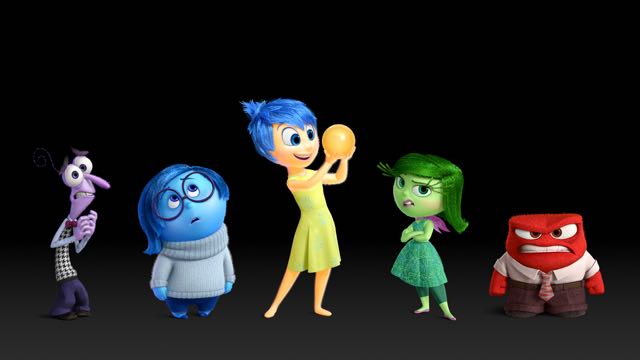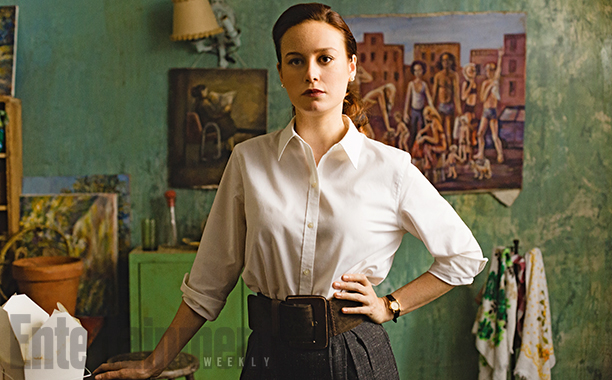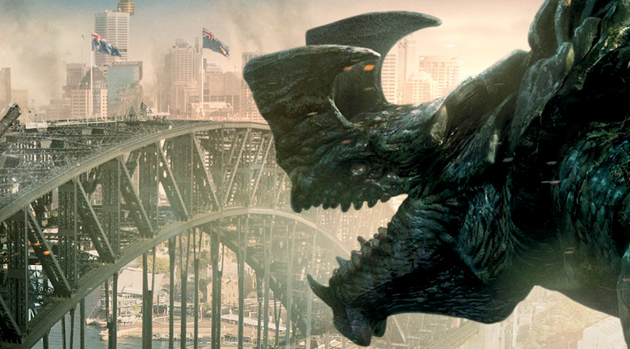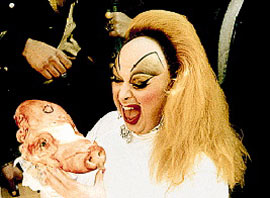Pixar has fallen into sequal-ville lately. That hasn’t necessarily produced poor results (Toy Story 3 and Monster’s University are fantastic films…Cars 2 not so much) but the tendency to retread into familiar territory smacks of Disney interference. It’s easier to sell Buzz Lightyear lunchboxes than take a flier on a new character, I get it. This is probably why it was so refreshing to walk out of Inside Out – a wholly original effort which is not only Pixar’s finest films in years but potentially one of the best in their entire cannon.
Director Pete Docter’s last film for Pixar was Up – the emotionally crushing adventure of an elderly man dealing with the loss of his wife by attaching balloons to his house for the tropical trip of a lifetime. He is a natural fit for the complex emotional beats of Inside Out – a film that literally personifies the emotions in our head.
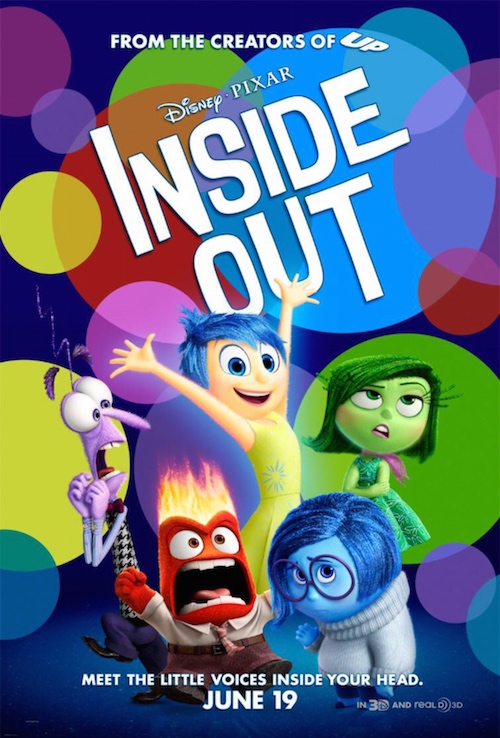 Riley (Kaitlyn Dias) is a good-natured tween girl. She loves her life in Minnesota with her many friends. She spends her days at school, afternoon’s playing hockey and evenings at home with her loving parents. It’s a warm existence, one most kids would dream of. In an early montage we see Riley’s wonderful upbringing all with the strings being pulled by the “voices” in her head. Early in her life Joy (Amy Poehler) is the dominant factor at Riley HQ. She’s pulling the strings most often, keeping the cheery toddler upright and goofy. Her companions are the Eeyore-like Sadness (The Office’s Phyllis Smith,) the fiery-Anger (Lewis Black,) the timid Fear (Bill Hader,) and the aloof Disgust (Mindy Kaling.)
Riley (Kaitlyn Dias) is a good-natured tween girl. She loves her life in Minnesota with her many friends. She spends her days at school, afternoon’s playing hockey and evenings at home with her loving parents. It’s a warm existence, one most kids would dream of. In an early montage we see Riley’s wonderful upbringing all with the strings being pulled by the “voices” in her head. Early in her life Joy (Amy Poehler) is the dominant factor at Riley HQ. She’s pulling the strings most often, keeping the cheery toddler upright and goofy. Her companions are the Eeyore-like Sadness (The Office’s Phyllis Smith,) the fiery-Anger (Lewis Black,) the timid Fear (Bill Hader,) and the aloof Disgust (Mindy Kaling.)
Each has their time at the controls, usually when others are distracted and Docter is so good at giving each emotion time to shine. As Riley grows up she begins to collect tiny yellow marbles called “core memories” – wonderful, seminal moments that shape her personality. Early on, these core memories are joyful experiences – hockey practice, silly evenings with her parents and so on. When Riley’s father needs to go after seed funding for his startup he uproots his family and they move to San Francisco. After that, everything changes.
It starts with the moving van being late. With none of her stuff the old, crummy house in the city makes Riley feel closed in. She sleeps in a sleeping bag on the floor. Her parents reassure her that things will be great here, just give it a little time. Joy is working overtime in HQ to keep Riley happy even as Sadness and Disgust can’t help but begin to creep in. But in one fell swoop at the dinner table Riley’s early-adolescence existential crisis gains full steam…and when Anger gets the controls it’s tough to know what will happen.
In a virtuosic five minutes Docter takes us into the head of Riley’s parents as they attempt to figure out what their daughter and their significant other is thinking. It’s all at once hysterical and heartbreaking. Her father’s distracted state manifests into lashing out while her mother’s intuition attempts to diffuse the situation while wondering why she didn’t go after that sexy Brazilian pilot in her twenties. This fight leads to the destruction of Riley’s will to make San Francisco work. Internally things are even worse as Sadness begins to creep in on the core memories even as she tries not to. This leads to her and Joy being sucked into a nether region of Riley’s psyche (maybe her soul?) leaving only Fear, Anger and Disgust to man the ship. Needless to say, things don’t go well.
As the three buffoons attempt to navigate Riley out of this crisis Joy and Sadness must reconcile their differences and get back to HQ with the core memories intact. They are not without help though – Bing Bong (Richard Kind) – Riley’s imaginary friend from early adolescence is there to play navigator. Since Riley’s grown up many of her old memories wander this wasteland, hoping for a chance to be remembered and used again. It’s a melancholic region where forgotten good, bad and indifferent memories go to die.
It’s also the source of some stupendous comedic set pieces as Joy, Sadness and Bing Bong encounter ever stranger worlds. At one point they wander into “abstract thought” only to panic and slowly devolve into just shapes and color. These are hysterical ideas that Docter employs with such a breeze and easiness they never feel overbearing or obvious.
In almost every way Inside Out is a triumph. It’s all at once a fantastic children’s film and one of the most intense dramatizations of the human psyche I’ve ever seen. It’s also devastatingly sad, leaving the theater a little dusty for this critic on more than one occasion. It’s not just another case of Pixar striking gold it’s really a testament to the medium of animation.
This is the only way to experience this kind of story – a stunning examination of real emotion that we all face as pre-teens. It sometimes felt impossible at that age to reconcile joy and sadness but it’s magical and devastating to watch those emotions personified attempt to achieve it.

